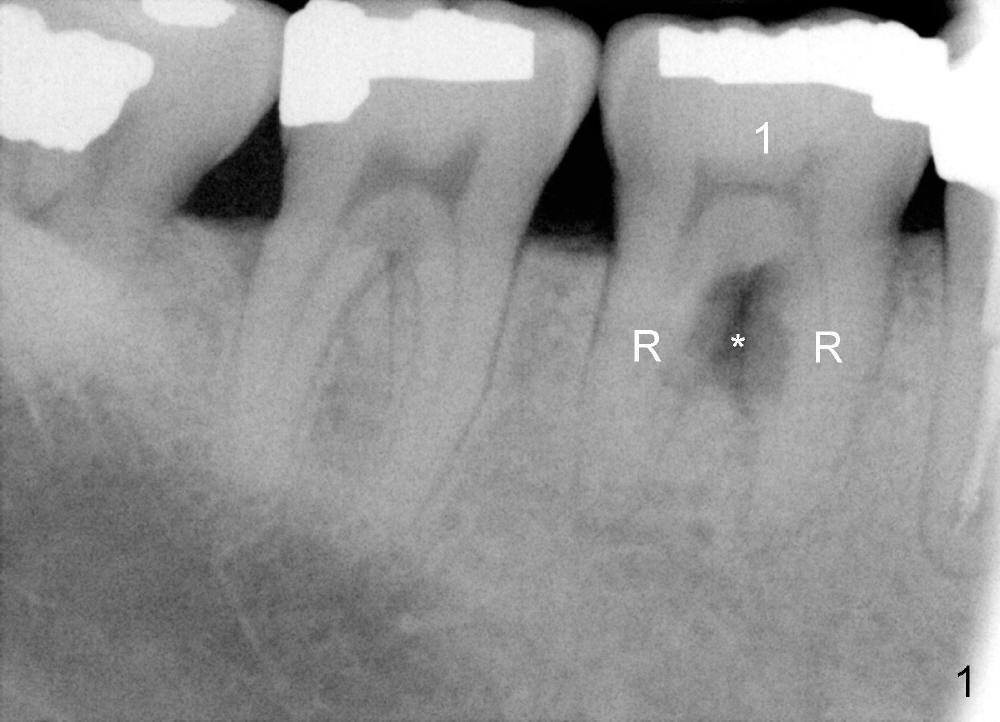
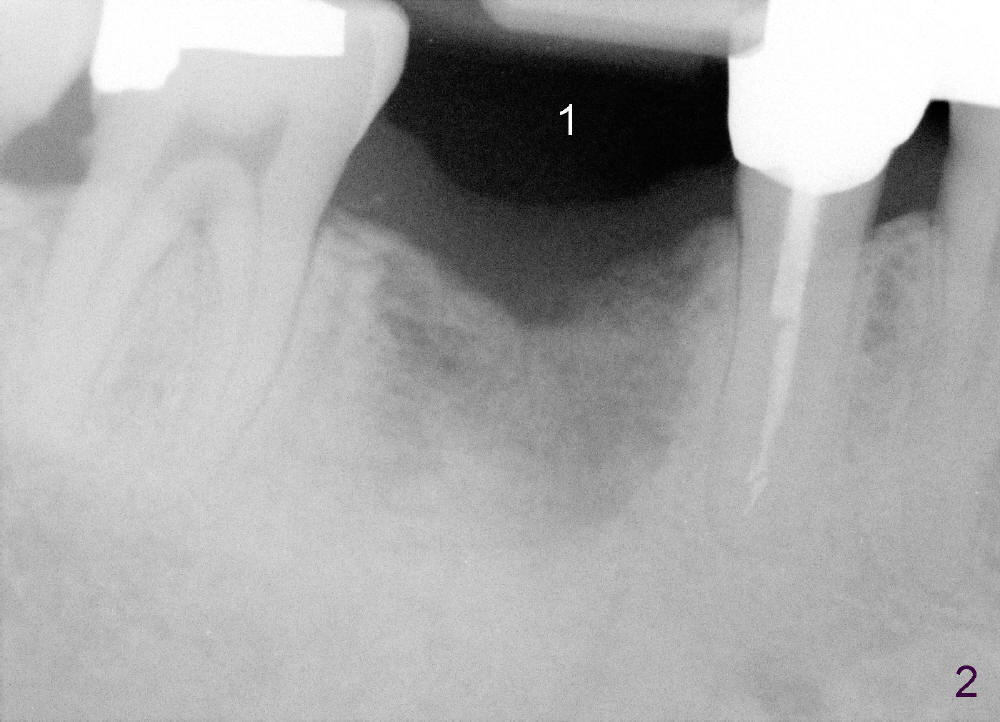
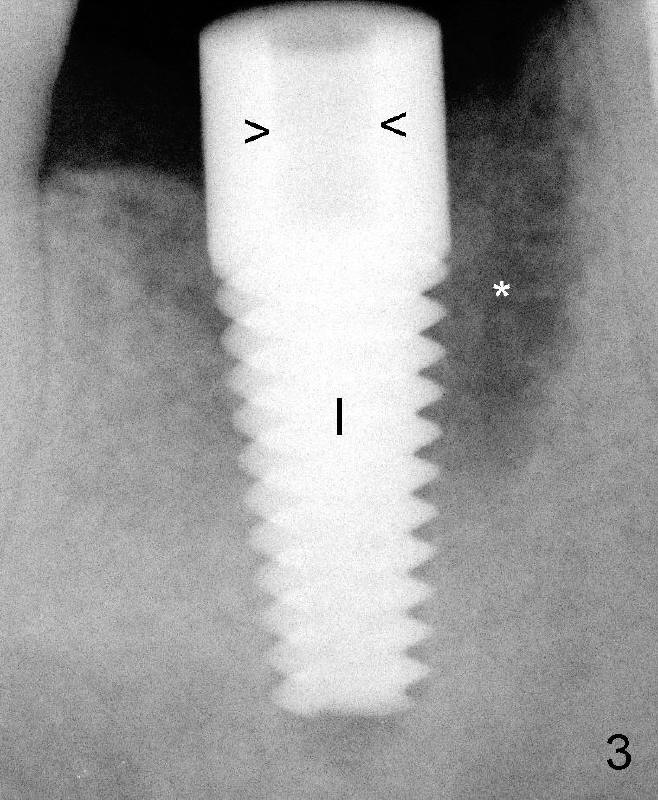
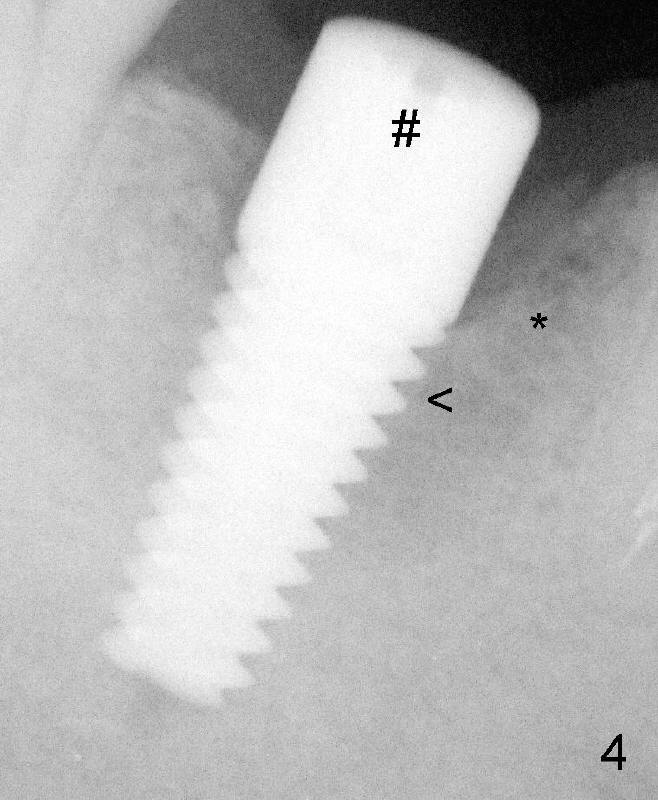
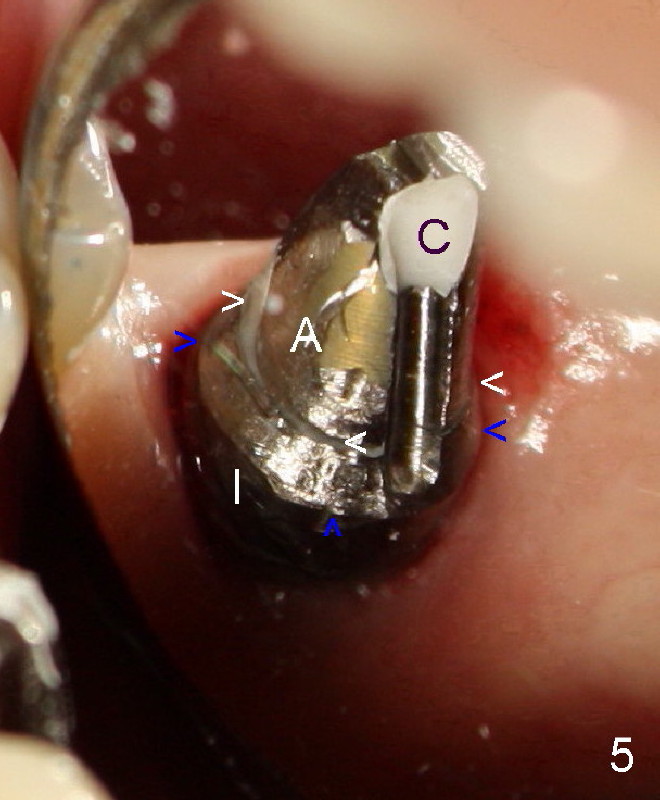
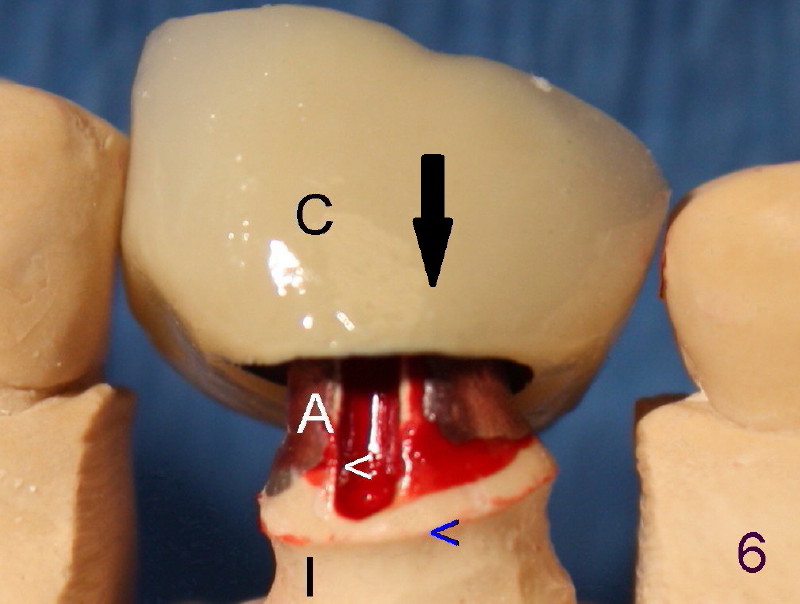
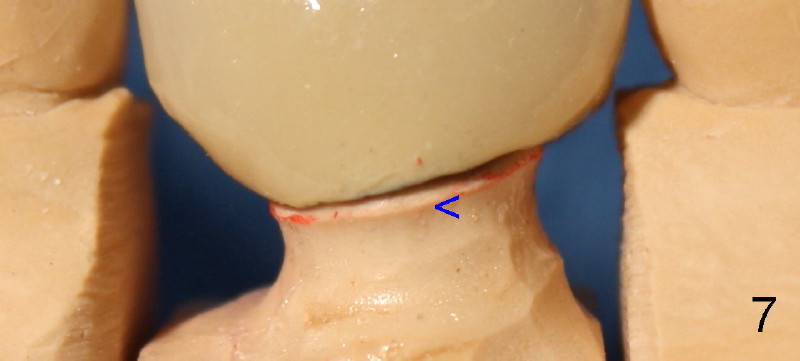
Types of Implant
There are several types of implant systems available for dentists. Which one is the best? In fact every one works as long as the doctor is good at it. No implant is better than the other. Every implant is basically made from the same material: Titanium alloy. But how to use them to the fullest is quite a different story. Each implant has its own tools and usage protocols with quite different philosophy. Every implantologist takes time to learn how to use each type of implant from a particular manufacture initially and gain experience by doing it over years. Therefore most of dentists do not use all types of implants. But if he dedicates his time and effort to a particular implant or two, he can be an expert at it or them. If a patient forces a doctor to use a special type of implant, presumably the best in the market, most likely according to the manufacture's claim, the particular doctor suddenly becomes a student at it. It may not serve the patient the best.
The connection between an particular implant and its matching abutment is the most strikingly different among implant systems. The connection has something to do with seal. It appears that the better seal, the less likely bacteria enter the implant, the longer it works. Most of abutments use screws to connect to implants, while a few of abutments takes advantage of welding method for connection. It is apparent that welding provides the best way for seal. But there are several ways to get good seal for abutments with screw as shown below.
 |
 |
||
 |
 |
 |
 |
 |
|||
Mr. Wu has gum disease. The lower 1st molar (Fig.1: 1) has the most severe gum infection. The bone (*) is lost between roots (R). Finally the tooth is gone (Fig.2). When the implant is placed (Fig.3: I), the bone next to it is loose (not dense, *). Arrowheads point to the space inside the implant, to which the abutment will be inserted later on. Four and a half months later, the bone next to the implant is denser than before (Fig.4 *, as compared to Fig.3). Small pieces of the bone have grown into the threads of the implant (arrowhead). It suggests that the implant has integrated. The space inside the implant is occupied by a healing screw (#), which is removed before inserting the abutment. Fig.5 shows that the abutment (A) has been screwed into the implant (I) and cemented in place nicely (C). White arrowheads point to junction between the abutment and the implant. It seems that the seal is pretty tight. To make the seal even more secure, special implant preparation (grinding) is done so that the crown (Fig.6 C) covers from the top until the border on the side of the implant indicated by the blue arrowheads in Fig.5-7. The junction of abutment/implant is not exposed to oral fluid and bacteria once the crown is cemented.
Xin Wei, DDS, PhD, MS 1st edition 08/05/2012, last revision 09/28/2012